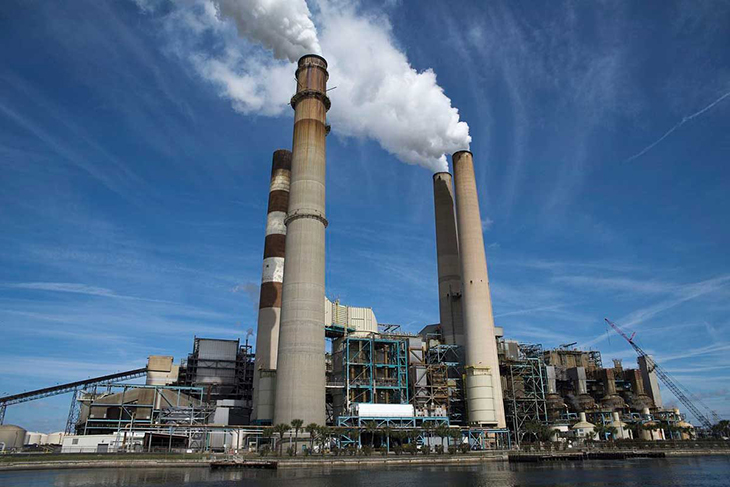
In a significant environmental milestone, India has managed to slash its greenhouse gas emissions by a remarkable one-third since 2009, according to officials who spoke with Reuters.
This remarkable achievement has been pushed by a combination of increased renewable energy production and expanded forest cover, positioning the world’s populous country firmly on course to meet its existing emissions targets, as highlighted in a report from The Guardian.
The primary metric used to assess these emissions reductions is known as “emissions intensity.” This metric offers an insightful measure of greenhouse gas emissions in relation to the country’s economic output, typically measured as a ratio of GDP. India’s progress, as revealed in the third official report submitted to the UN’s Convention on Climate Change, is undeniably encouraging.
The Reuters report highlights that India has substantially amplified its annual reductions of emissions, particularly during the period of 2016-2019, where emissions fell by 3% annually. This stands in stark contrast to the preceding period of 2014-2016 when reductions hovered around a mere 1.5%. This accelerated pace of emissions reduction demonstrates India’s increasing commitment to combating climate change.
One pivotal factor in India’s success story is its augmentation of forest and tree cover. According to India’s 2019 State of the Forest report, the country saw an expansion of forest cover by an impressive 2,000 square miles between 2017 and 2019. This substantial growth has not only acted as a carbon sink but also boosted the total carbon stored in Indian soils by an estimated 42.6 million tonnes. This reaffirms the importance of reforestation efforts in mitigating greenhouse gas emissions.
Another instrumental component of India’s emission reduction strategy is its promising renewable energy sector. Recent estimates reveal that renewable energy sources now contribute to 25.3% of India’s total power generation, in conjunction with nuclear power. It is worth noting that India has historically been reliant on coal for its energy needs.
Importantly, the Reuters report also shares how India’s officials stress that India’s ability to reach its emission targets does not require a widespread shutdown of coal-fired power plants. Rather, they contend that a comprehensive strategy encompassing efficient traffic management can jointly contribute to the attainment of these objectives.
This strategy is in harmony with India’s continued commitment to future coal projects. Abandoning these endeavors would not only lead to significant financial setbacks for the state but also erode investor trust in the Indian capital markets. Moreover, it could diminish confidence in the ability of state governments to judiciously handle taxpayer funds.
India’s progress in reducing greenhouse gas emissions serves as an inspiration to the international community. It underscores the viability of a multifaceted strategy encompassing renewable energy expansion, reforestation, and prudent resource management to address climate change without causing undue economic disruptions.
What are your thoughts? Please comment below and share this news!
True Activist / Report a typo


